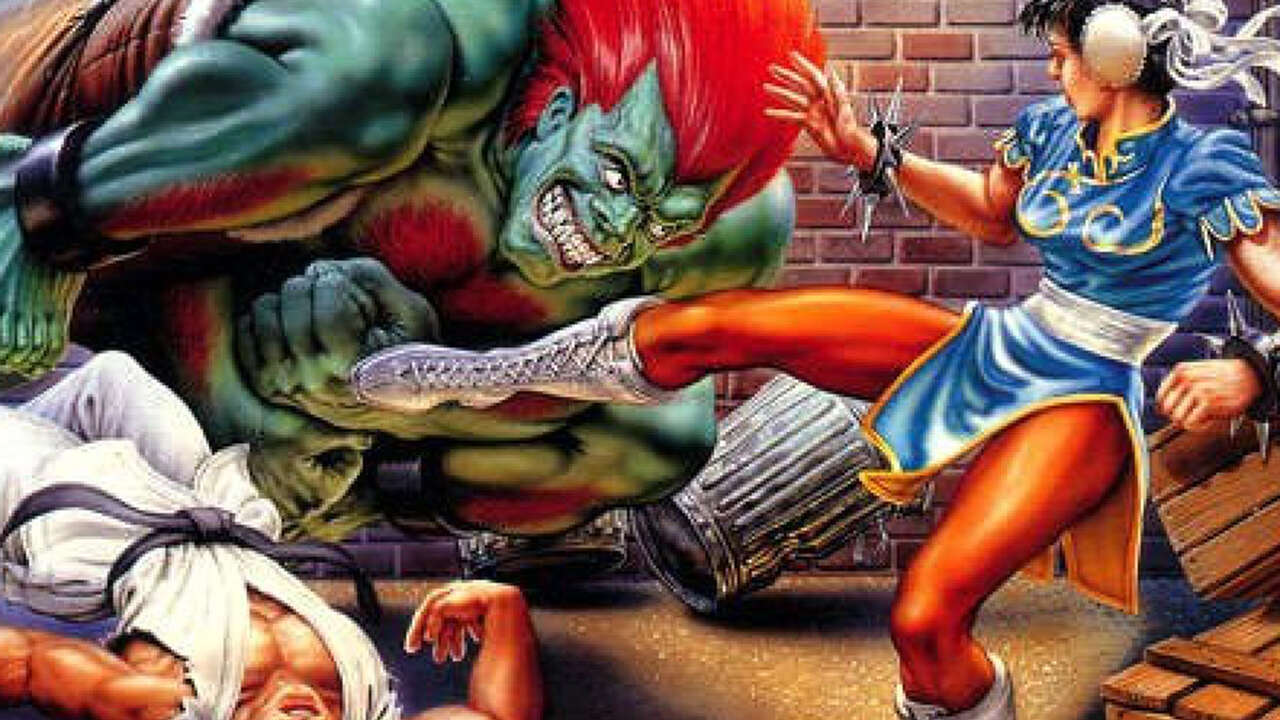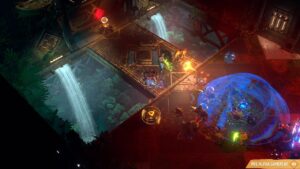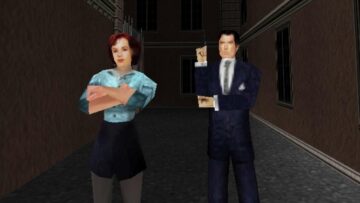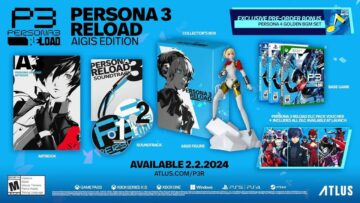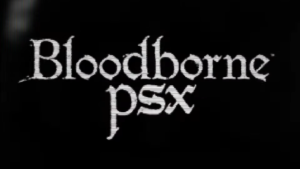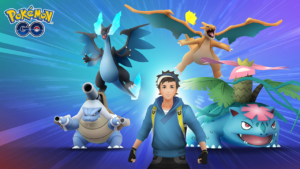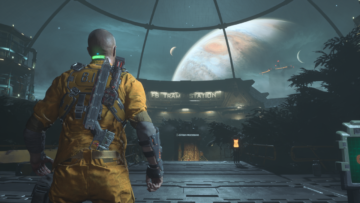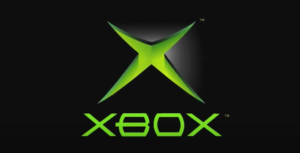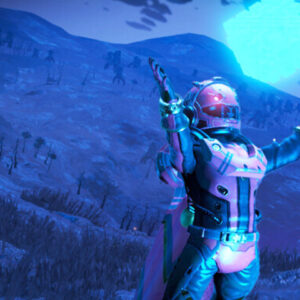In the contentious console war between Nintendo and Sega’s 16-bit systems, most of the attention was focused on the elements that the two warring factions directly controlled: the hardware and first-party games, and especially the dueling mascots, Mario and Sonic. But third-party support varied wildly at the time, with entire series like Final Fantasy pledging loyalty to just one of the two major competitors. And there was hardly any single game that made a bigger impact than Street Fighter 2. Today marks the 30th anniversary of the first Street Fighter 2 home release on the Super NES–a move that would shape the console competition, and the industry, for years to come.
It’s hard to overstate how massive a hit Street Fighter 2 was when it first hit arcades. By 1991, coin-operated arcades were starting to dim, falling short of the heyday of the golden age of arcades in the 1980s. The arrival of Street Fighter 2 heralded a revitalization of the arcade industry, driving foot traffic to arcades and attracting countless imitators. It quickly created a burgeoning competitive scene, with each arcade community knowing its own top players and others placing their quarters on the edge of the box to challenge the champs. It also, not surprisingly, dominated the cash flowing into the arcade business. David Snook, editor of the arcade trade magazine Coin Slot, estimated that Street Fighter 2 accounted for around 60% of the total coin-op market in a 1993 edition of the UK magazine Mega. Street Fighter 2 was one of the biggest games ever made in a genre with few rivals.
At the time, an arcade-faithful port seemed like a pipe dream. Players had become accustomed to arcade machines far outpacing the power of home consoles. Home ports of arcade games on the Nintendo Entertainment System were often slightly compromised or even just rebuilt from scratch to fit the system specs. The Super NES had released near The World Warriors in 1991 with relatively impressive specs, but nothing on the system looked quite like Street Fighter’s screen-filling sprite artwork. The occasional console game that matched its arcade counterparts was the exception, not the rule. Fans at the time had every reason to presume that any Street Fighter 2 port would be compromised at best.
You need a javascript enabled browser to watch videos.
Ultra Street Fighter II: The Final Challengers – Announcement Trailer
Please use a html5 video capable browser to watch videos.
This video has an invalid file format.
Sorry, but you can’t access this content!
Please enter your date of birth to view this video
By clicking ‘enter’, you agree to GameSpot’s
Terms of Use and Privacy Policy
Against that backdrop, the release of Street Fighter 2: The World Warriors on Super NES in July of 1992 was nothing short of astounding. It was arcade-perfect, missing only a few visual flourishes like the arcade version’s opening cutscene. With the Super NES version, and with the advent of home arcade sticks coming shortly after to capitalize on its success, players could master their fighting skills at home with a faithful recreation of the arcade experience, and then head to the arcade to take on opponents.
At the time, game prices varied wildly, depending on everything from the size of the cartridge to the demand for the game. The standard MSRP for a console game was generally $50 USD, while some significantly larger games like Final Fantasy 3 (aka FF6) could be as high as $80. Street Fighter 2 was relatively expensive at $75–roughly $158 in 2022 dollars. But fans happily paid the price, quickly buying millions of copies as Street Fighter 2 became the top-selling game on the Super NES. That demand was fueled partly by its platform exclusivity. There was no version released for the Sega Genesis in 1992. For months, if you wanted to play one of the most popular games in the world, you had two options: buy a Super Nintendo, or go to the arcade and spend an endless number of quarters. In the console battlegrounds of the school yard and parents’ basements, this was a massive win for Nintendo.
Capcom capitalized on the massive popularity of Street Fighter by planning several more versions and updates, but at that pre-internet time, those updates had to be issued in new physical carts. Entirely new arcade cabinets and entirely new home cartridges were planned. Street Fighter 2: Champion Edition came in the summer of 1993, adding the ability to play as the four bosses–Balrog, Vega, Sagat, and M. Bison–as well as mirror matches and some other balance tweaks. This version would serve as the basis for the Sega Genesis port. Meanwhile, Capcom was planning a “Turbo Edition” for Super NES that would add speed options and new special moves. At this point the two converged, with the Genesis version reportedly pushed from its summer release window to the fall so that Capcom could add the Turbo enhancements to it. Sega fans were stuck waiting once again.
Once the Sega Genesis version did arrive, in September 1993, it was as successful as you’d expect, selling millions of copies. But Nintendo fans still had a justified sense of superiority, as the Genesis version was mildly compromised with noticeable changes to elements like its color palette and sound channels. These weren’t a dealbreaker for most fighting fans–the game still operated extremely well and scratched the itch that Genesis owners had been feeling for more than a year. But it was still a difference; Nintendo fans could boast a superior port.
One other major distinction sat between the Super NES and Genesis versions: the controller. In the arcade, Street Fighter 2 used a six-button control scheme: jab (weak), strong (mid), and fierce (heavy) for the punch and kick commands. Those would also define the strength, speed, and range of your special attacks. Activating Guile’s Flash Kick with a fierce command would produce a noticeably bigger area of effect than with a jab command. The default Super NES controller had six buttons, composed of the four face buttons and the two shoulder buttons. Capcom mapped these commands onto the Super NES controller with relative ease–the four face buttons were used for jab and strong attacks, while the shoulder buttons were used as the two fierce commands. It was no arcade stick, but it made the game perfectly playable without buying any extra accessories.
The Genesis controller, by comparison, only had three buttons by default. More than any issues with the software itself, this made for an extremely awkward compromise, forcing players to hit a separate button to toggle between punches and kicks. The toggle was mapped to the Start button, which had the odd side-effect of removing the ability to pause when playing with a 3-button controller. Needless to say, this was not ideal. Foreseeing this problem, Sega released its six-button controller. This removed the awkwardness from Street Fighter, and was even closer to a traditional arcade stick since it had no shoulder buttons. It also served as the controller of choice for players of other games like Mortal Kombat and Streets of Rage. But it also represented another accessory purchase to get the full experience. And if you wanted to beat up your younger sibling–in the game, of course–you’d have to buy two.
As the years passed, the Street Fighter 2 phenomenon faded, but Capcom had one more trick up its sleeve. Another, final version of Street Fighter 2 released in 1994. Super Street Fighter 2: The New Challengers was to be the definitive version of the game. It included four entirely new fighters: T. Hawk, Dee Jay, Cammy, and Fei Long. The classic fighters got new moves that would ultimately become iconic character traits, like Ryu’s flaming hadouken and Ken’s flaming shoryuken. Stages and portraits were given a facelift, and it introduced a scoring system to track elements like combos and recoveries. All of the fighters had a much larger variety of color schemes, and it brought back the speed options from Turbo. It also finally included a detailed animated opening like the arcade original–though instead of two nameless men punching each other, it was Ryu firing a hadouken straight at the screen.
This time, Genesis wasn’t left behind. Capcom developed and released the two versions simultaneously, and even produced its own six-button controller for consistency across platforms. Though fans say the audio quality on Genesis was lacking compared to its SNES counterpart, the two were roughly an even match.
Sega still did very well for itself in the 16-bit generation, especially in North America (which accounted for almost half of its total lifetime sales), no doubt thanks to the Genesis’ image as the “cool” system with attitude. It gained a respectable amount of market share against Nintendo compared to their competition in the 8-bit console wars. But by 1994, when Super Street Fighter 2 released, Sega had lost significant ground thanks to a steady stream of acclaimed releases on SNES, including but not limited to Street Fighter. Sega arguably fractured its market with add-ons like the Sega CD and 32X, while Nintendo just kept putting out first-party software buoyed by third-party support. By the end of the generation, Nintendo had sold 49 million Super NES systems to Sega’s 29 million Genesis units, worldwide.
It’s impossible to say what may have happened if the Sega Genesis version of Street Fighter 2 hadn’t come more than a year after the Super NES version, and without significant compromises to its graphics and control scheme. But it is safe to say that this disparity contributed to Sega’s troubles. Without Street Fighter 2’s much-stronger showing on Super NES, Sega may have been a closer match for Nintendo’s sales, or even surpassed them. It may have made different decisions in the intervening years. It might even still be a console manufacturer. In the bitter rivalry between Nintendo and Sega in the mid-’90s, it may have been Capcom who threw the fiercest punch.
GameSpot may get a commission from retail offers.
The products discussed here were independently chosen by our editors.
GameSpot may get a share of the revenue if you buy anything featured on our site.
